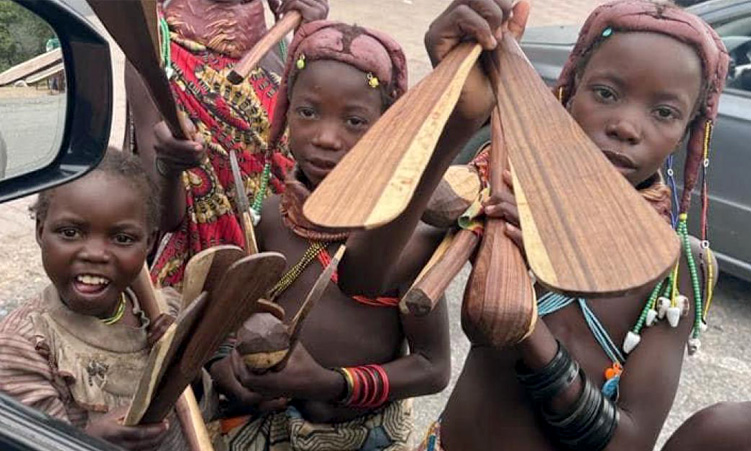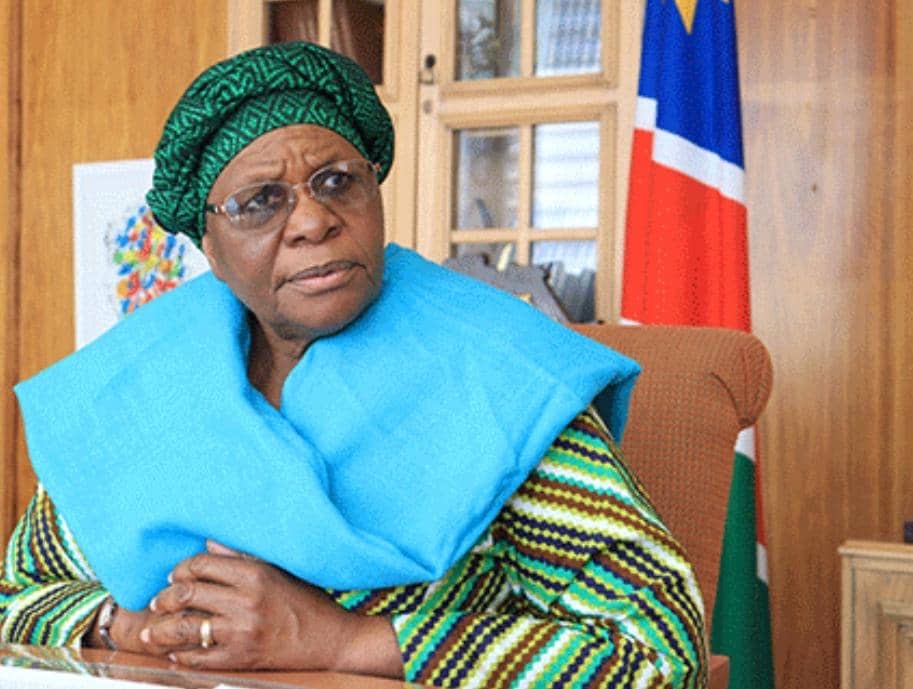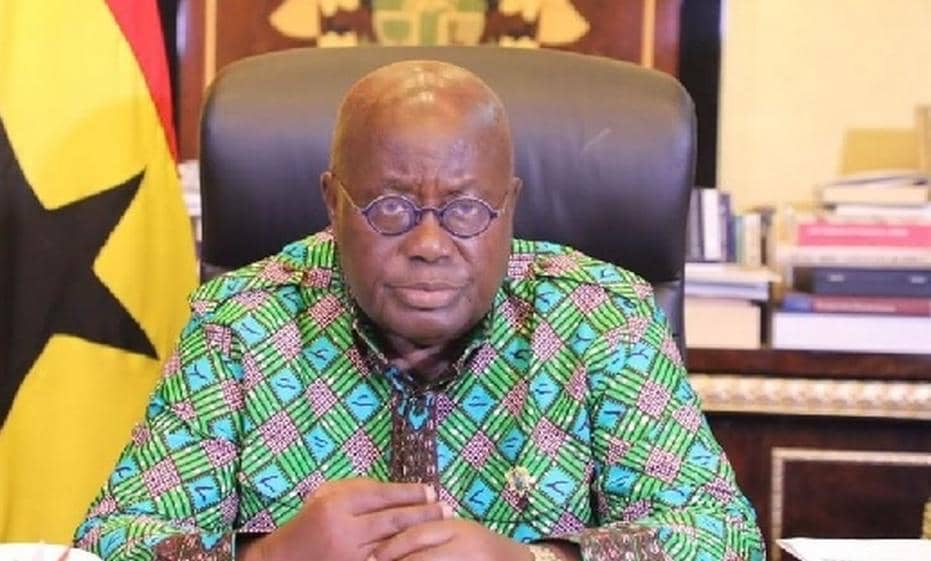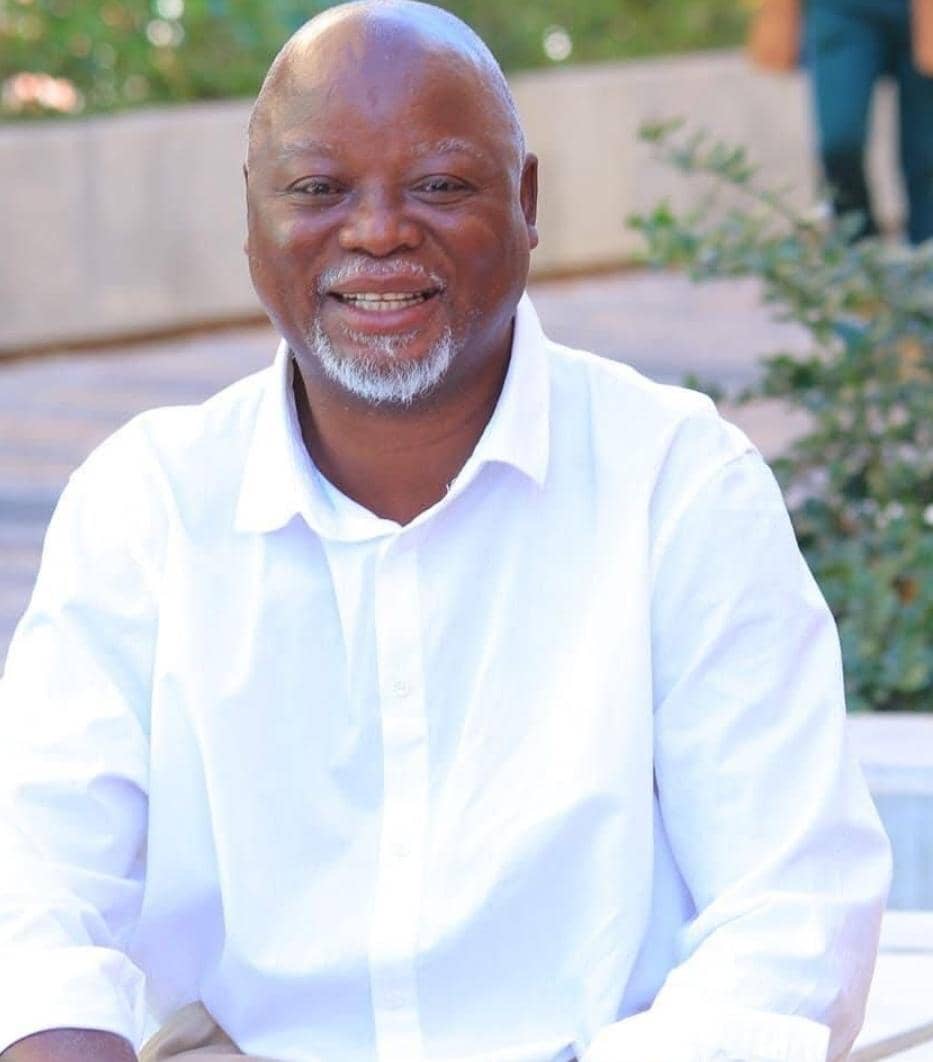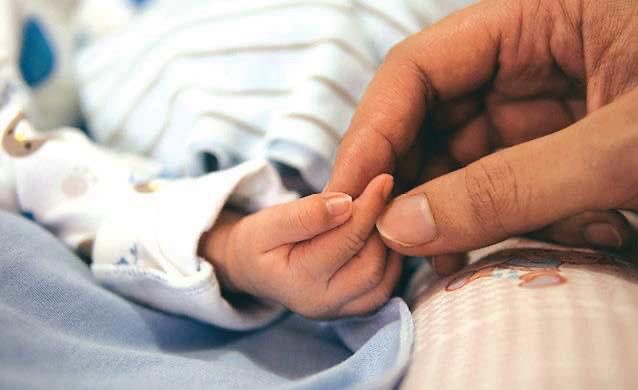The whereabouts of the Angolan street children who were seen roaming the streets of Windhoek over the last few months, selling wooden items and begging for money, is unknown.
Ministry of Gender Equality, Poverty Eradication and Social Welfare spokesperson Lukas Haufiku yesterday referred the matter to the Angolan embassy.
The Angolan embassy, however, referred the matter to the Namibian authorities.
Executive director of international relations and cooperation Penda Naanda yesterday referred the matter to the gender ministry.
Naanda in February this year in a press release refuted social media posts accusing the Namibian government of not addressing the issue.
Furthermore , he said 18 children have been repatriated to Angola on 12 June and 6 October last year, while four are currently housed at the Namibia Children’s Home in Windhoek.
“The relationship between Namibia and Angola is based on long-standing bonds of friendship, solidarity and supreme sacrifices characterised by warm and excellent bilateral relations,” he said at the time.
Human rights activist Linda Baumann says it is of national concern that no authority knows where these children currently are.
“It is sad to know that the whereabouts of the children are unknown, and that we are not even sure if the children are in good care,” Baumann says.
She says various frameworks and regional and international conventions address the responsibilities of the state.
“More investigation needs to be done and resources need to be allocated as a matter of urgency,” she says.
Lawyer Kadhila Amoomo says the lack of information from the relevant authorities creates the impression that the government has surrendered to the complexity of the issue.
“It appears they are simply overwhelmed by the methods to be deployed,” he says.
Amoomo says his practice has received information that the children are still seen at towns such as Ondangwa, Swakopmund and Oshakati, and the issue remains a serious human rights concern.
What makes it even more aggravating is the fact that Oshana regional commander commissioner Naftal Sakaria has acknowledged the issue and said he does not know where to keep the children or what to feed them, he says.
Amoomo suggested an investigation and establishment of an interim centre where the children can be accommodated.
Sakaria says over the last month the police have seen Angolan children around Ondangwa, Ongwediva and Oshakati.
He says they hide when the police confiscate the items they sell during operations in the region.
“They disappear for a few days after our operations and reappear a few days after. Unlike Windhoek, we are disadvantaged because we are very close to the border and the children keep coming back,” Sakaria says.
In December 2022, the children were placed at the Danger Ashipala Training Centre at Ondangwa, he says.
Various stakeholders are collaborating at the centre, including the ministry of gender, officials of the three towns where the children are seen, and consulates from the Angolan government, he says.
The Namibia Revenue Agency and immigration were also part of the engagement alongside a translator, he says.
“Yes, immigration can round them up and hand them over to the police, however, I need a place to keep them, and food while we wait for the long process of identifying which country they come from as they are not all from Angola,” Sakaria says.
“This is a bilateral issue that should be dealt with at bilateral level to find a permanent solution,” he says.
Stay informed with The Namibian – your source for credible journalism. Get in-depth reporting and opinions for
only N$85 a month. Invest in journalism, invest in democracy –
Subscribe Now!



